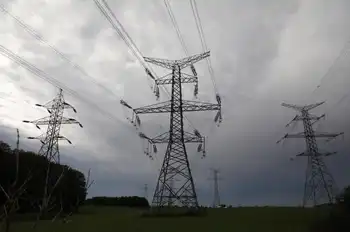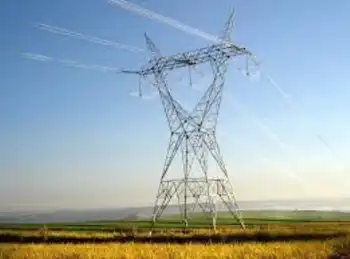Home energy consumption tapering in Bay Area
By McClatchy Tribune News
Electrical Testing & Commissioning of Power Systems
Our customized live online or in‑person group training can be delivered to your staff at your location.

- Live Online
- 12 hours Instructor-led
- Group Training Available
In 2005, electricity use in Bay Area homes went significantly down compared with figures from 2000. The resulting carbon emissions took a 16.2 percent drop, according to "Shrinking the Carbon Footprint of Metropolitan America," released May 29 by the Brookings Institution.
"(The Bay Area) has some of the most progressive green building codes and energy regulations in the country," said Andrea Sarzynski, an author of the study. "So I'll be interested to see how much more the region can squeeze out of people. But I expect a l across California, energy will decline."
The study included Alameda, Contra Costa, Marin, San Mateo and San Francisco counties.
The area is tied with Fresno as the major metropolitan area with the sixth-lowest carbon emissions from home energy use per capita, the report shows. The lowest such impact comes from Bakersfield. Of the top 10 lowest-footprint metropolitan areas for residential energy usage, nine are in California. All 10 are on the West Coast, where seasonal weather is much more moderate than it is on the East Coast and in the South. Sarzynski named a variety of likely causes for the drop.
More temperate weather in 2005 meant residents didn't need to spend as much energy cooling or heating their homes. A downturn in the economy, combined with incentive programs offered by energy providers, likely contributed to the drop.
"Also, California had cleaner electricity fuels in 2005," she said. "The state's been trying to pursue more renewable energy and so forth. I'm thinking about the Global Warming Solutions Act (of 2006). A lot of us are talking about that as being landmar legislation in moving us to remove carbon emissions in the long term."
This may go hand in hand with incentives the state offers energy providers, according to Jeff Swenerton of the Center for Resource Solutions, a San Francisco-based nonprofit dedicated to promoting renewable, profitable energy. "PG&E has a goal for energy efficiency, for reducing household energy use," Swenerton said.
"The state gives them a certain amount of money based on how close they come to those goals, so PG&E doesn't have to rely on how much energy they sell to remain profitable."
Oakland is a model city when it comes to energy efficiency, providing proof-of-concept examples to the state and other cities by implementing new technologies and programs at a local level, said Scott Wentworth, an energy engineer for Oakland's public works.
"California Youth Energy Services is a great example," Wentworth said. "It's a program where every summer young people work on residential retrofits, checking lighting efficiency and so forth. It's a triple bottom line: We get energy efficiency and save money, we get youth training for jobs, and we get the environmental benefit."
The retrofits are provided at no cost to the homeowners or renters, and since 2000 the program has upgraded more than 8,000 East Bay homes and 11 public shelters, according to the program's Web site. The Brookings report's data were taken from energy sales, Sarzynski said.
In addition to measuring home use, researchers looked at highway transportation, which increased in the Bay Area about 2 percent, roughly the national rate. "Going forward, I think you'll see run ups in gas prices has something to do with declining auto use," Sarzynski said.
"The transportation footprint may likely decline as well, but we can't say for sure."
The two energy figures combined - residential and transportation - gave the Bay Area an overall decrease in carbon output of about 3 percent, and showed an overall increase of about 2 percent for the country as a whole.
The study did not include industrial or commercial energy use or non-highway modes of transportation. Sarzynski said those factors will be the subject of a follow-up study to be released near the end of the year.











